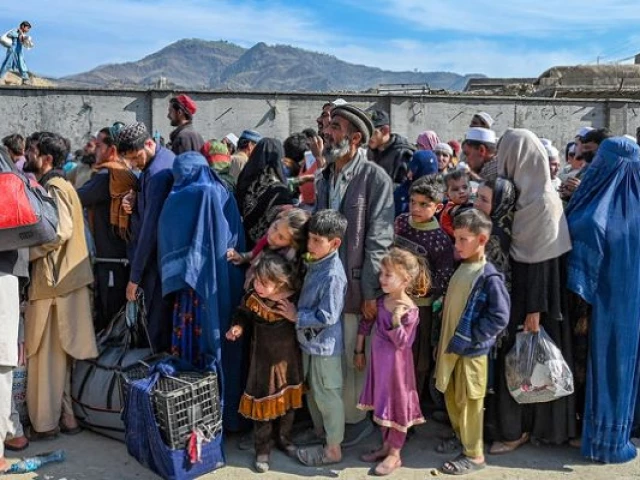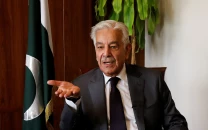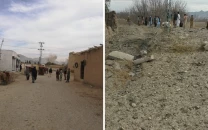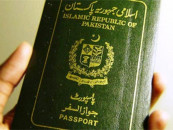Torkham border partially reopens after 21-day closure for Afghan deportations
Trade activity, general cross-border movement, remains suspended until further notice

The Torkham border has been reopened for the deportation of Afghan nationals residing illegally in Pakistan.
The border remained completely closed since October 11 due to heightened tensions between Pakistan and Afghanistan, said Deputy Commissioner Khyber Bilal Shahid. However, it has now been partially reopened, after 21 days, solely to allow for the ongoing repatriation of illegally residing Afghan nationals in Pakistan.
Read: Explained: Pakistan-Afghanistan border conflict
Deputy Commissioner Shahid said that no final decision has yet been made regarding the resumption of trade activity or general cross-border movement, which he said will remain suspended until further notice.
Hundreds of Afghan citizens have reached the Torkham Immigration Centre, according to the district administration, where officials are completing their documentation before allowing them to cross into Afghanistan.
Meanwhile, Qaiser Khan Afridi, spokesperson for the United Nations High Commissioner for Refugees, stated that a total of 615,000 undocumented Afghan nationals had been repatriated through Torkham as of October 8, 2025.
Why was the border closed?
The suspension of activity and trade across the border followed a late-night exchange of fire on October 11, when Afghan forces allegedly opened unprovoked fire on Pakistani border troops.
Read more: Border closure halts bilateral, transit trade
With Pakistan’s response, tensions between the neighbouring countries peaked along the frontier from Chitral to Balochistan.
As a result, all four major trade gateways, including Torkham, Kharlachi, Ghulam Khan, and Chaman, were closed indefinitely.
Pakistan, Afghan Taliban reach interim deal in Istanbul talks
Pakistan and the Afghan Taliban have reached an interim understanding following six days of high-level talks in Istanbul, aimed at preventing the use of Afghan soil for terrorist activities against Pakistan and taking decisive action against India-backed militant groups, Tehreek-e-Taliban Pakistan (TTP) and Balochistan Liberation Army (BLA), referred to by Pakistani officials as “Fitna al-Khawarij” and “Fitna al-Hindustan”.
The dialogue appeared to stall several times over the past week, with the Pakistani delegation even preparing to return home without a breakthrough. However, following requests from the host nations — Turkiye and Qatar — and an appeal from the Afghan Taliban delegation, Pakistan agreed to continue negotiations “to give peace another chance”.
Also read: Pakistan, Afghan Taliban reach interim understanding in Istanbul talks
During Thursday’s session, both sides reached a provisional mutual understanding, with key points outlined as follows:
-
All parties reaffirmed that the purpose of the talks was to reinforce the ceasefire originally agreed upon in Doha.
-
Both sides committed to maintaining the ceasefire on the condition that Afghan territory will not be used for terrorist attacks against Pakistan. The understanding also requires the Afghan Taliban to take “clear, verifiable, and effective action” against groups such as Fitna al Khwarij (TTP) and Fitna al Hindustan (BLA).
-
The next round of talks will be held in Istanbul on November 6 to finalise details and implementation mechanisms.
-
A joint monitoring and verification mechanism will be established to ensure compliance and impose penalties on any party found violating the agreement.
-
Turkiye and Qatar, acting as mediators and hosts, commended both sides for their participation and reaffirmed their commitment to supporting lasting peace and stability in the region.
During talks, Pakistani delegation maintained a firm and evidence-based stance, presenting its demands with “clarity, professionalism, and logical consistency.” The eventual agreement was described as a “victory for reason and national interest”.



















COMMENTS
Comments are moderated and generally will be posted if they are on-topic and not abusive.
For more information, please see our Comments FAQ